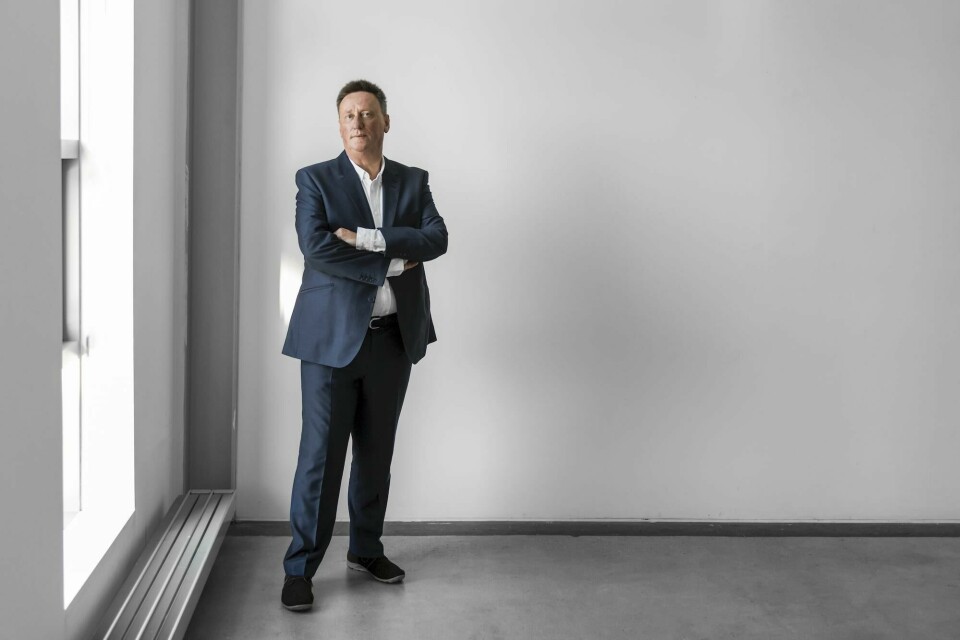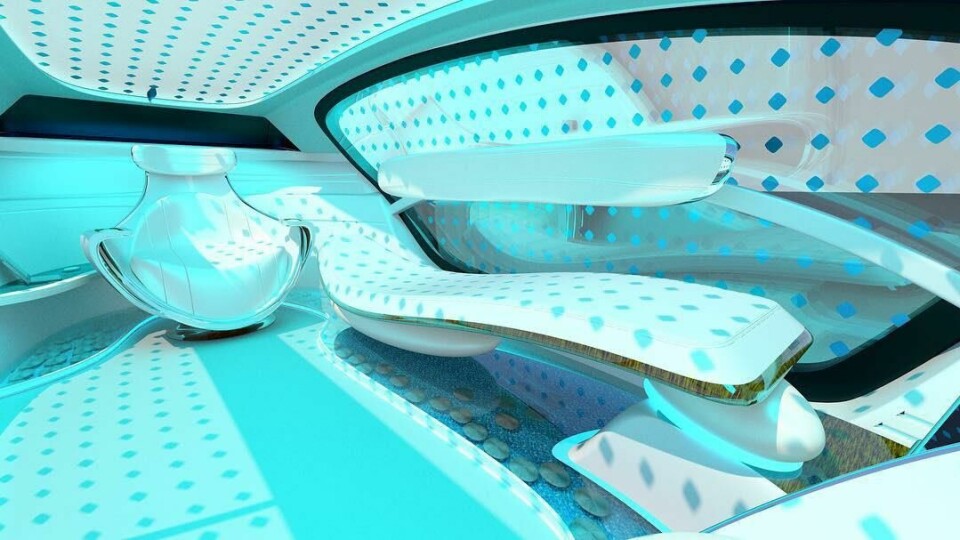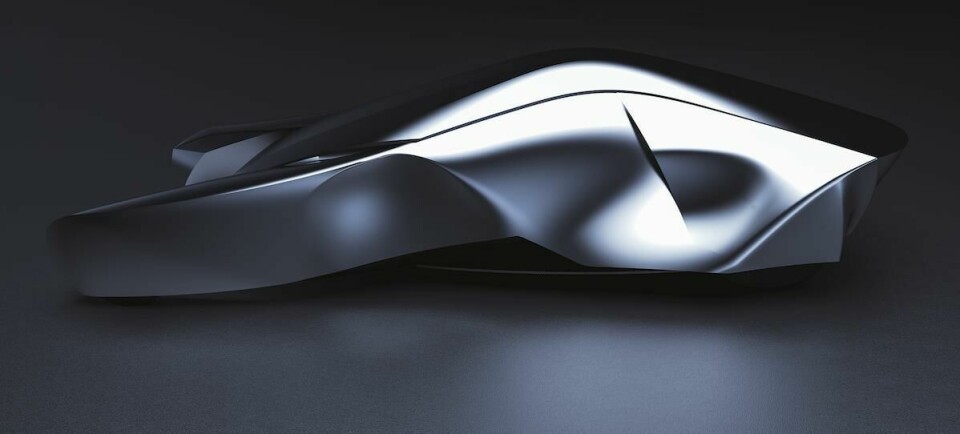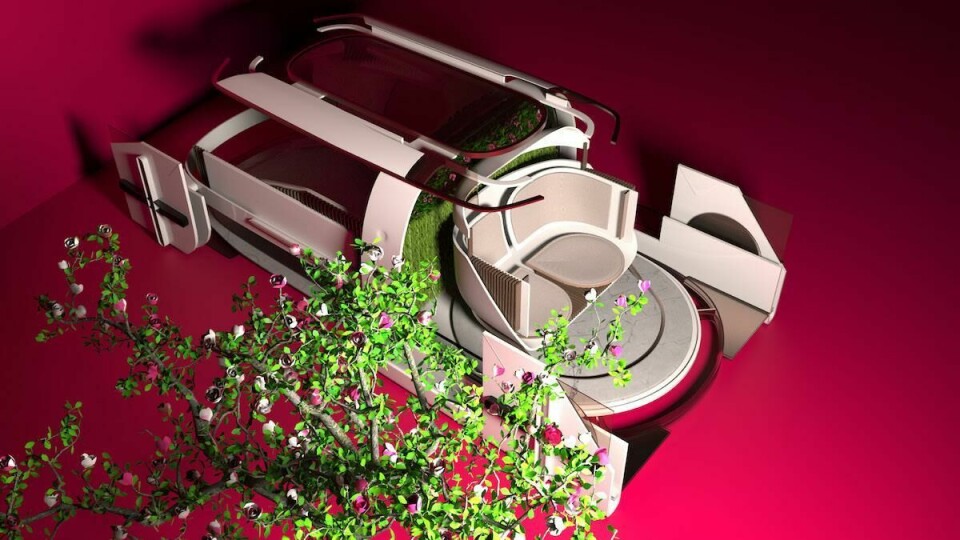
Car Design Review 7: Dale Harrow, Royal College of Art
Dale Harrow of the Royal College of Art talks Tesla, design education, and the evolution of transport in the shadow of the Covid-19 pandemic
The industry has been a bit stagnant in the last few years but Tesla has really thrown a spanner in the works. The focus in the last ten years was so much more on building brands around platform strategies, that in a way the wider industry lost its ideas about innovation. It’s been doing excellent design work, but whether it’s been doing that and innovating at the same time is a different matter. Profits were coming in so it became an evolutionary design process. You have to protect the business while moving things along. But in some ways, it became very incestuous. The industry as a whole was looking inwards, not at the big changes happening externally.
The Tesla Cybertruck is a dramatic thing, but if one of my students had presented it I don’t know if I’d be that excited. I found it a bit too naive in some ways. However, you need to see these things physically to understand them. It was certainly a dramatic statement and put car design back on the map. I think we’ve come through this period of being very cautious and considered, which is absolutely right, but there’s been a lack of a major step-change. We’ve changed our degree programme quite a lot. Thinking back, the RCA has always been more of a ‘design college’ than a ‘styling college’. We want to create narratives for products and for people to be able to explain them in interesting ways.

In 2017 we changed the name of our Vehicle Design Master of Arts (MA) course to Intelligent Mobility, to reflect the kind of changes that are happening externally and push for more, such as shared vehicles and the broader issues about mobility around the car. Not to detract from doing great car design, but to understand some of the issues that are happening externally that influence it. That’s proved successful, both in bringing in different groups of students and in expanding the interest levels. There are still a lot of students who want to do car design on our courses – I think it’s probably about 50/50 at the moment and probably going up – but it’s interesting to have people into micro mobility and other things around the subject. It makes for a richer discipline.
The carmakers’ studios are changing too. I’ve opened the Intelligent Mobility Design Centre at the RCA’s Battersea site and next year we will move into the new Rausing Research & Innovation building there which will house intelligent mobility advanced manufacturing and forms part of the new vision for the RCA in 2021. It will have a big closed-off ground-floor space where we will be able to bring in full-vehicle prototyping with enough capacity for four or five vehicles plus studio space. It’s a major thing. Part of the benefit is that carmakers can do design research alongside our multi-disciplinary staff members which can also directly feed into our curriculum. I have a team of consultants, architects and experts in UX and car design which can all work together with outside companies in a neutral space. We’ve got 12 full-time staff including admin and they’re teaching on our MA program as well, so it brings a different layer to the place. For example, we’re doing studio activity projects with Kia that have elements the students undertake as part of their MA programmes. I’ve also been trying to get more bursaries, because undergraduate funding issues mean that a lot of students from lower-income backgrounds lose their chance at college even before could apply for our post-graduate course. We have a couple of bursaries at the moment but my ambition is to get about 50% of the programme sponsored.

The college is also setting up other research centres on smart materials – with fashion brand Burberry – plus robotics, visualisation computing and service design. The idea is that the centres all work together and share. Service design is a relatively new discipline about products and services designed together. That programme is working on things as diverse as how a patient is taken through a cycle of treatment within the National Health Service (NHS) or with an automotive company to understand how to retain a brand advantage in a shared mobility service or autonomous driving experience. Imagine that process applied to Aston Martin or Bentley. What’s the app like, the first thing you touch in the car and how does that relate?
I think the current COVID-19 virus situation and the need for ‘social distancing’ to stop its spread has pushed back the idea of shared vehicles. I’m not keen on travelling on public transport and I don’t think a lot of other people are going to be for a long while. The pandemic has created an increase in cycling and a reduction in vehicle traffic so it will be interesting to see the implications afterwards, whether people will want cities to go back to how they were. But I don’t think we’re going to lose the idea of personal mobility.

In design education you can’t stay static. You have to keep innovating and moving to new agendas and thoughts. But it’s essential you keep the central core discipline and values. People say to me, ‘it’s the end of the car, we’re all going to be driving round in bland boxes’, but I don’t believe that the car will just become another product or a thing that people no longer invest in emotionally. I think the car is kind of an avatar, an expression of yourself in the same way as wearing a suit or a different watch. Personal transport is a very lovely thing to have. We’re doing some work called ‘joyful journeys’, which is really about trying to understand the pleasure of movement. There’s a lot of talk about having more screens in the car but if you project that idea forward then you could say ‘why move at all’? You could stay in your lounge and virtually be in Barbados on a beach. But there are things about moving and meeting people that are really important.
This article first appeared in Car Design Review 7.



